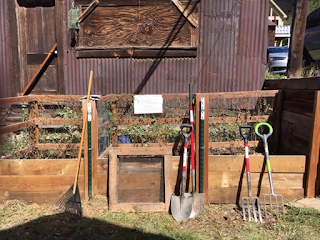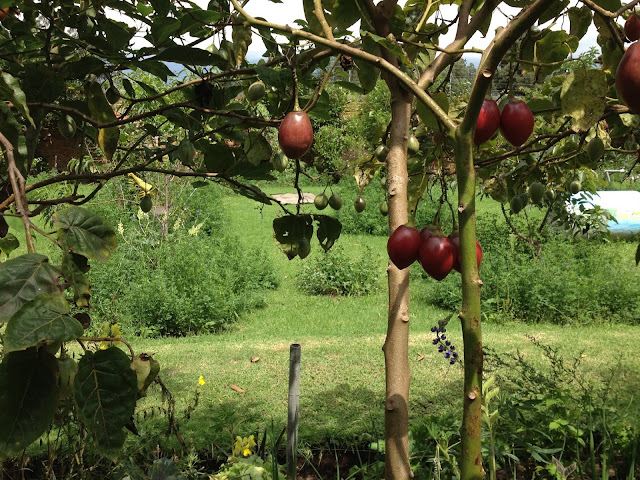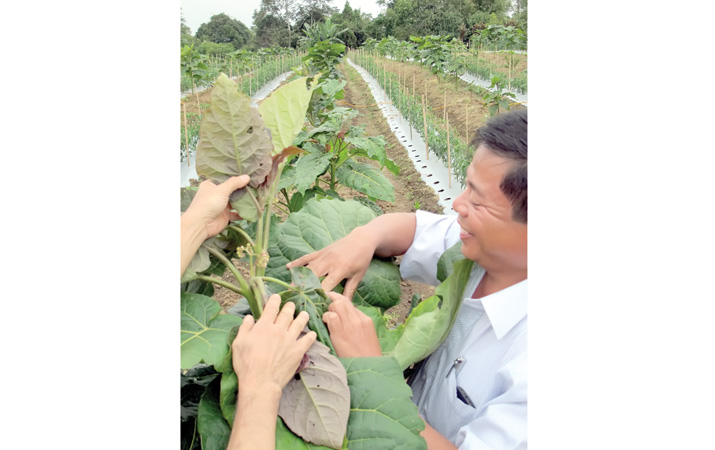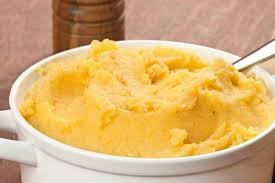The Landscaping with Colorado Native Plants Conference

By Irene Shonle, CSU Extension in Gilpin County Native plants are some of the easiest plants to grow if you are a mountain gardener. As I have been gardening up here for nearly twenty years, I have experimented with a lot of plants. Some have done great, and some have died. But, as I always say, “if you’re not killing plants, you’re not trying hard enough.” Because I am a rather Darwinian gardener, I don’t coddle the plants in my garden. They have to make it despite drought, critters, winds, and long winters. As a result, many of the non-native species have been weeded out. Over the years, I have ended up with going from about 25% native to probably about 80% native. And I couldn’t be happier. If you are interested in native plants, please come to the 4th Annual Landscaping with Colorado Native Plants Conference on February 16th at the Auraria Campus in Denver. The Landscaping with Colorado Native Plants Conference promotes the inclusion of native plants in our landscaping to ben




